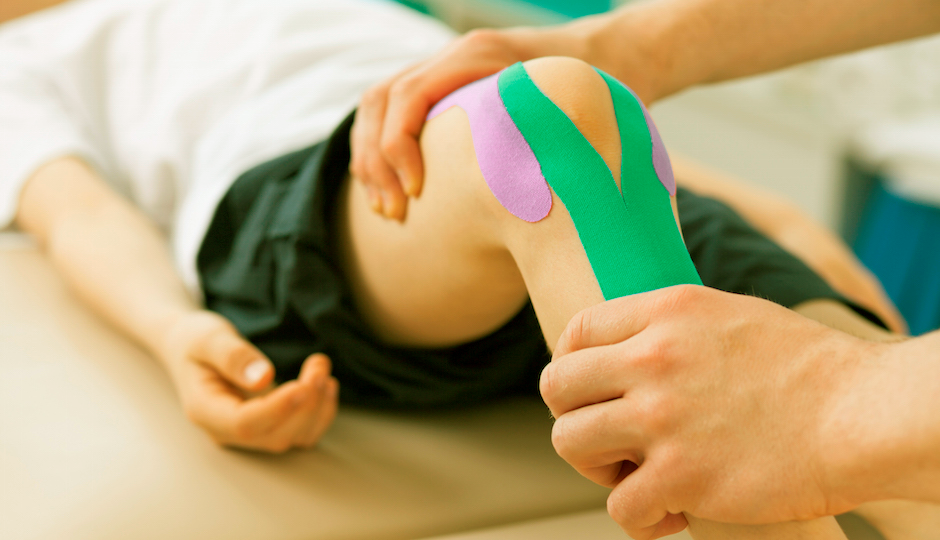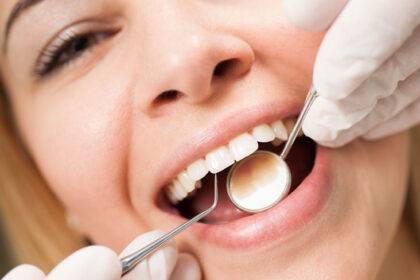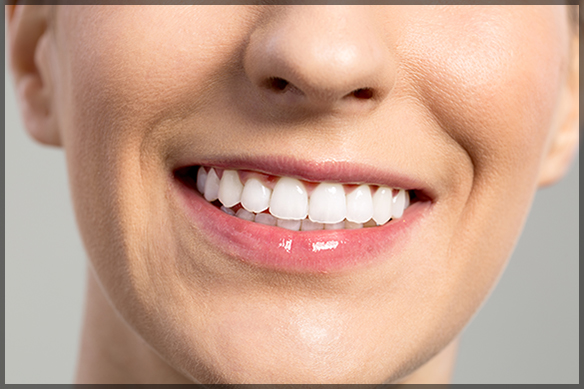As children grow and develop, their bones, muscles, and joints undergo continuous change. Unlike adults, children face unique orthopedic challenges due to their growing bodies. Pediatric orthopedics is a specialized field dedicated to diagnosing, treating, and preventing musculoskeletal issues in infants, children, and adolescents. Whether it’s a broken bone, congenital condition, or sports injury, pediatric orthopedic care ensures healthy development and long-term mobility.
What Is Pediatric Orthopedics?
Pediatric orthopedics focuses on treating musculoskeletal problems in children, including the bones, muscles, tendons, ligaments, and joints. Since children’s bodies are still developing, their orthopedic needs are different from those of adults. Pediatric orthopedic surgeons are trained not only in orthopedic surgery but also in pediatric care, allowing them to treat conditions in a way that promotes proper growth and development.
Common Pediatric Orthopedic Conditions
Children can experience a variety of orthopedic conditions—some they are born with, others develop with growth or through injury. Common pediatric orthopedic issues include:
1. Congenital Conditions (Present at Birth)
- Clubfoot: A deformity where one or both feet turn inward.
- Developmental Dysplasia of the Hip (DDH): The hip joint doesn’t form properly.
- Limb Length Discrepancy: One limb is shorter than the other.
2. Growth-Related Conditions
- Scoliosis: Abnormal curvature of the spine, often emerging during adolescence.
- Osgood-Schlatter Disease: Knee pain due to growth plate inflammation.
- Legg-Calvé-Perthes Disease: Disruption of blood flow to the hip joint.
3. Injuries and Trauma
- Fractures: Common in active children, particularly at the growth plates.
- Sports Injuries: Sprains, strains, and repetitive stress injuries.
- Dislocations: Often occur in the elbow or shoulder.
Why Pediatric Orthopedic Care Is Different
Children are not just small adults—their bones are softer, their joints more elastic, and they are still growing. Pediatric orthopedic specialists understand:
- Growth Plate Considerations: Growth plates are areas of developing cartilage at the ends of long bones. Injuries here can affect future bone growth if not treated correctly.
- Future Development: Treatment must consider how a child’s body will continue to grow.
- Non-Verbal Communication: Young children may struggle to describe pain or symptoms, requiring a careful and sensitive diagnostic approach.
- Family-Centered Care: Involving parents in understanding diagnoses and treatment plans is essential.
Diagnostic Tools and Techniques
Pediatric orthopedic specialists use a range of diagnostic tools tailored for children:
- Physical Examination: Evaluates movement, strength, and joint alignment.
- X-rays and MRI: Imaging tools to assess bone structure and soft tissues.
- Growth Monitoring: Regular check-ups to ensure bones are developing properly.
- Gait Analysis: Assesses walking patterns for abnormalities.
Treatment Options in Pediatric Orthopedics
1. Non-Surgical Treatments
- Casting and Bracing: Used for fractures, clubfoot, and spinal curvatures.
- Physical Therapy: Helps restore movement and strengthen muscles.
- Orthotics: Shoe inserts or braces to correct foot and walking issues.
- Medications: Pain relief and inflammation control.
2. Surgical Interventions
When necessary, pediatric orthopedic surgeons perform surgeries with precision to minimize impact on growth. Common procedures include:
- Bone realignment (osteotomy)
- Tendon or ligament repair
- Corrective spinal surgery
- Limb lengthening or shortening
The Importance of Early Detection and Intervention
Many pediatric orthopedic conditions are easier to treat if caught early. For example:
- Hip dysplasia, if treated in infancy, often requires only bracing.
- Scoliosis, when detected early, can be managed with a brace instead of surgery.
- Flat feet or walking abnormalities, if identified young, can often be corrected with physical therapy and proper footwear.
Regular check-ups, attention to posture, gait, and activity levels can help parents and pediatricians catch issues early.
How Parents Can Support Their Child’s Orthopedic Health
- Encourage safe physical activity and good posture
- Provide appropriate footwear that supports foot development
- Watch for signs of limping, asymmetry, or complaints of joint pain
- Ensure prompt medical attention after any injury
- Follow treatment plans and physical therapy recommendations consistently
FAQs About Pediatric Orthopedics
1. When should I see a pediatric orthopedic specialist?
If your child is limping, has joint pain, or has been diagnosed with a musculoskeletal issue, a pediatric orthopedic visit is recommended.
2. Are growth plate injuries serious?
Yes, if not properly treated, they can affect how the bone grows, potentially leading to deformity.
3. Can children recover fully from fractures?
Most children heal quickly and completely due to the regenerative power of their growing bones.
4. Does my child need surgery for scoliosis?
Not always. Mild cases can often be managed with bracing and monitoring.
5. Are flat feet in children normal?
Flat feet are common in toddlers and often improve with age. If they persist or cause pain, evaluation is recommended.
6. What are signs of hip dysplasia in babies?
Asymmetrical leg folds, limited leg movement, or a “click” sound in the hip joint during movement.
7. Can sports injuries in kids be prevented?
Yes, with proper warm-up, protective gear, and supervised training, many injuries can be avoided.
8. Will orthopedic braces limit my child’s movement?
Braces are designed to support—not restrict—movement, and most children adapt quickly to wearing them.
Final Thoughts
Pediatric orthopedics plays a crucial role in supporting a child’s growth, mobility, and overall health. With the right care and early intervention, most orthopedic conditions in children can be effectively managed or corrected. Whether it’s a minor fracture or a complex congenital condition, pediatric orthopedic specialists are equipped to ensure that children grow up strong, active, and pain-free.










